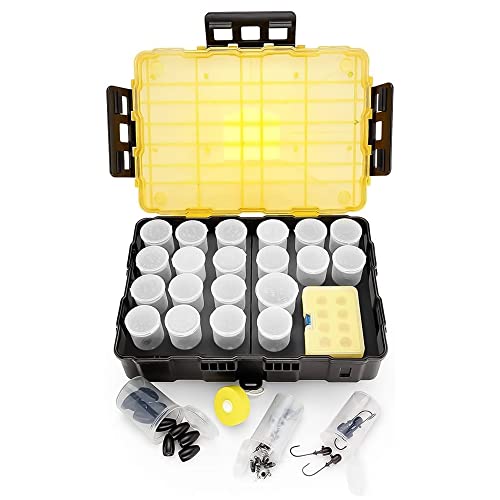You really don't want a boat flexing when you go over boat wakes and so on. That can lead to metal fatigue, cracking and leaking. Avoid that, if possible.
It sounds like you have a good plan.
To get started...
- Pop a chalkline or draw a straight line from one corner of the floor across to the other on the bunks. This will give you the level for your floor and the line for the bottom of your cutout.
- When you do the cutout, leave the top intact for a bit. Depending on the width, you may be able to split the top down the middle and fold each side down to close in the sides of the cutout. Or, you may only have enough to do one side. I would plan it wide enough to do both, if possible.
View attachment 119091
3. After making your cutout, attach a piece of angle aluminum horizontally to the front and back of each bunk, on your chalkline and secure. 3/16" pop rivets work well for this, probably one every 6", close to the top of the angle.
4. Then, you may want to run additional cross-members to support the middle of the plywood sections. When I did mine, I ran two pieces from angle aluminum to angle aluminum, between the bunks, breaking the floor into 3 sections, if this makes sense. So your floor and supports might look something like this:
View attachment 119092
At this point, you can cut out your flooring. Hot-glue some Amazon boxes together and cut out the shape in cardboard. Making a template out of cardboard is probably the easiest way to deal with the curves in the bow of the boat, This is one I did recently, but not a Princecraft. Ignore all the sharpie marks, I decided to make the bow deck out of pieces instead of buying another whole sheet:
View attachment 119093
Definitely easier doing it in one sheet.
I typically use 5/8" plywood for my decking. After cutting out the plywood, I treat with Thompson's Wood Preserver and Waterproofer, 2-3 wet coats, making sure to soak all the cut edges carefully. You know when it's done when it won't soak in anymore. I have used Thompson's for many, many years, with outstanding results.
It typically takes me an afternoon to cut out and fit a floor like yours. Then I waterproof it and screw it down once the treatment soaks in well. I find it's just as easy to screw it down immediately as you don't have to worry about it warping as it dries. That part goes fast, taking maybe an hour. I'm a contractor, so I may be quicker than someone who doesn't do much of this work.
I like to pre-drill and screw down with #10 flat-head stainless screws. Strong and big enough to find later, if ever needed.
You may want to add some floatation under the floor. I like sheet foam myself, but that is up to you.
Ask any questions you may have. I hope the project goes smoothly.
I hope this is helpful.



































































